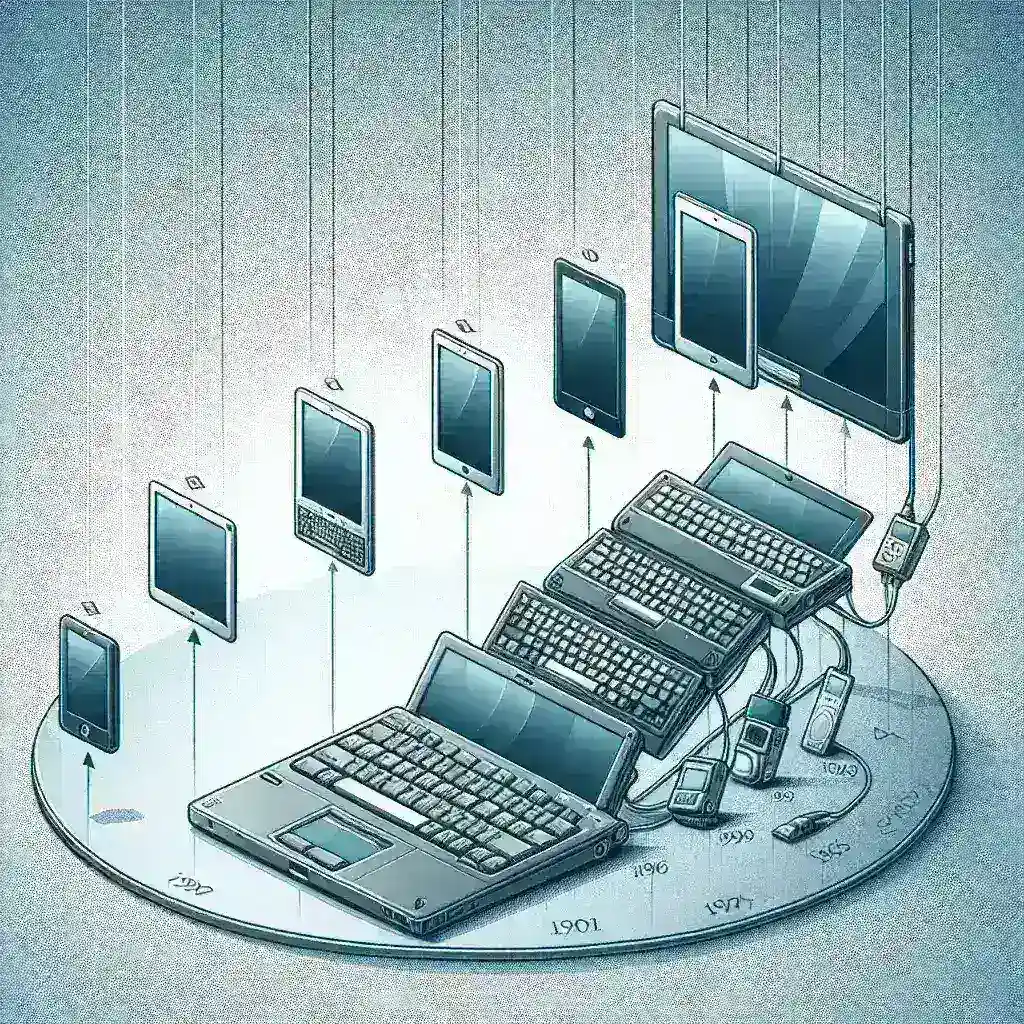The Birth of the Dynabook Concept
In the realm of computing, few ideas have been as visionary as the Dynabook concept, introduced by Alan Kay in the early 1970s. Alan Kay, a pioneer in computer science, envisioned a portable computing device that would revolutionize the way we interact with technology. This article delves into what the Dynabook concept contributed to the idea of personal portable computing and examines its impact on the technological landscape.
Understanding the Dynabook Vision
The Dynabook was more than just a concept; it was a radical rethinking of how computers could be utilized by individuals. Kay imagined a device that was lightweight, portable, and capable of providing a personal computing experience tailored to the needs of the user. According to Kay, the Dynabook would enable children and adults alike to learn and create through interactive computing.
Key Features of the Dynabook
- Portability: The Dynabook was designed to be easily transportable, encouraging users to take their computing experience wherever they went.
- User-Centric Design: Emphasizing usability, the Dynabook aimed to empower users to engage with technology intuitively and creatively.
- Connectivity: Kay foresaw a world where devices could communicate with each other, foreshadowing the interconnectedness we see today.
- Multimedia Capabilities: The concept included features for handling graphics and sounds, paving the way for the multimedia experiences we now take for granted.
Historical Context of Personal Computing
In the early 1970s, the world of computing was dominated by large, immobile mainframe computers primarily used by businesses and universities. Personal computers were not yet a reality, and computing was seen as a specialized domain reserved for those with technical expertise. The Dynabook challenged this notion, proposing that computing could be made accessible to everyone.
The Influence on Subsequent Technologies
The Dynabook concept laid the groundwork for numerous innovations in personal computing. Its ideas would eventually manifest in the development of laptops, tablets, and smartphones. Companies began to recognize the potential of portable computing devices, leading to the creation of products that aligned closely with Kay’s vision.
Examples of Dynabook’s Legacy
Several significant technological advancements can be traced back to the principles established by the Dynabook:
- Laptops: The first portable computers emerged in the 1980s, bearing a striking resemblance to the Dynabook’s vision of a lightweight, user-friendly device.
- Tablets: Modern tablets exemplify the multimedia capabilities that Kay envisioned, offering touch interfaces and portability.
- Smartphones: Devices we now carry in our pockets encompass the core functionalities of the Dynabook, combining computing power with connectivity.
Impact on Education and Learning
One of the most profound contributions of the Dynabook concept is its impact on education. Kay believed that technology could enhance learning experiences, providing interactive tools that facilitated creativity and problem-solving. Today, educational institutions are increasingly integrating technology into their curriculums, fostering a generation of learners who benefit from the principles established by the Dynabook.
Future Predictions and the Evolution of Portable Computing
As technology continues to evolve, the legacy of the Dynabook remains relevant. Future developments in artificial intelligence, virtual reality, and augmented reality are likely to build upon the foundational ideas introduced by Alan Kay. We can anticipate a shift towards even more immersive and personalized computing experiences, where devices not only respond to user input but also anticipate user needs.
The Role of AI in Personal Computing
Artificial intelligence is poised to redefine personal portable computing. By integrating AI capabilities, future devices could provide tailored experiences, adapting to individual user preferences, and learning styles. This evolution aligns with the Dynabook’s original vision of empowering users through technology.
Pros and Cons of the Dynabook Concept
Pros:
- Encouraged innovation in personal computing technology.
- Promoted accessibility and usability for a wider audience.
- Influenced educational practices and learning methodologies.
Cons:
- Some aspects of the Dynabook remain unrealized, particularly in achieving the full potential of connectivity.
- The rapid pace of technological change can lead to obsolescence of devices.
Cultural Relevance of the Dynabook Concept
The Dynabook’s impact transcends technology; it has cultural significance as well. It symbolizes a shift in how we perceive technology’s role in our lives. The idea that computing can be personal and creative resonates in today’s digital landscape, where individuals harness technology for self-expression and innovation.
Expert Opinions on the Dynabook Legacy
Numerous experts in technology and education continue to reference the Dynabook as a touchstone for discussions about the future of computing. For example, renowned educator and technologist Dr. Mitchel Resnick noted, “The Dynabook concept illustrates the potential of technology to empower learners, and its relevance is more pronounced today than ever before.”
Personal Anecdotes and Experiences
Many individuals attribute their passion for technology and computing to the ideas set forth by the Dynabook concept. Educators have shared stories of how introducing technology in the classroom has transformed learning experiences, helping students develop critical thinking and creativity. These personal stories echo the core philosophy of the Dynabook—technology should serve as a tool for personal growth and discovery.
Conclusion
The Dynabook concept has undeniably shaped the trajectory of personal portable computing. By envisioning a device that could democratize access to technology, Alan Kay set in motion a movement that continues to influence how we interact with computers today. As we look to the future, the principles of the Dynabook will undoubtedly guide the next generation of technological innovations, ensuring that computing remains a personal and empowering experience for all.

